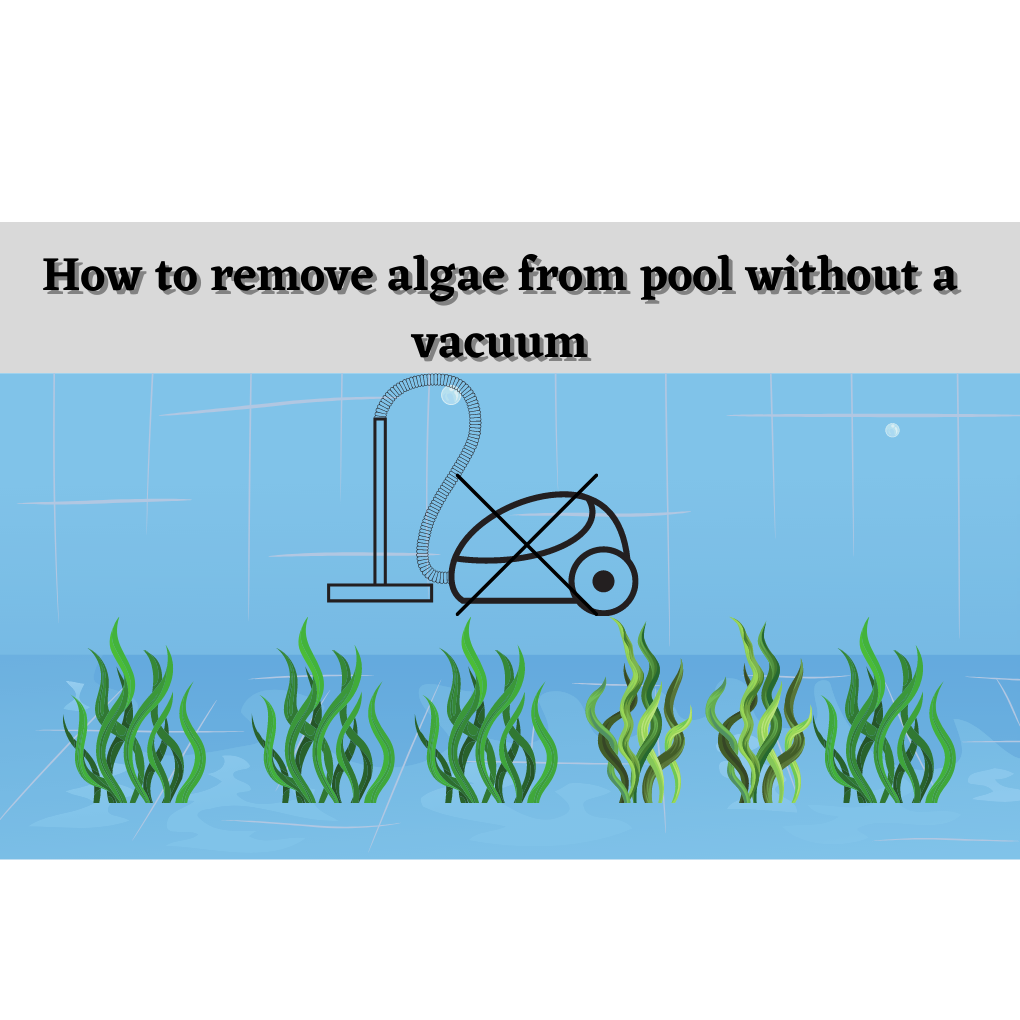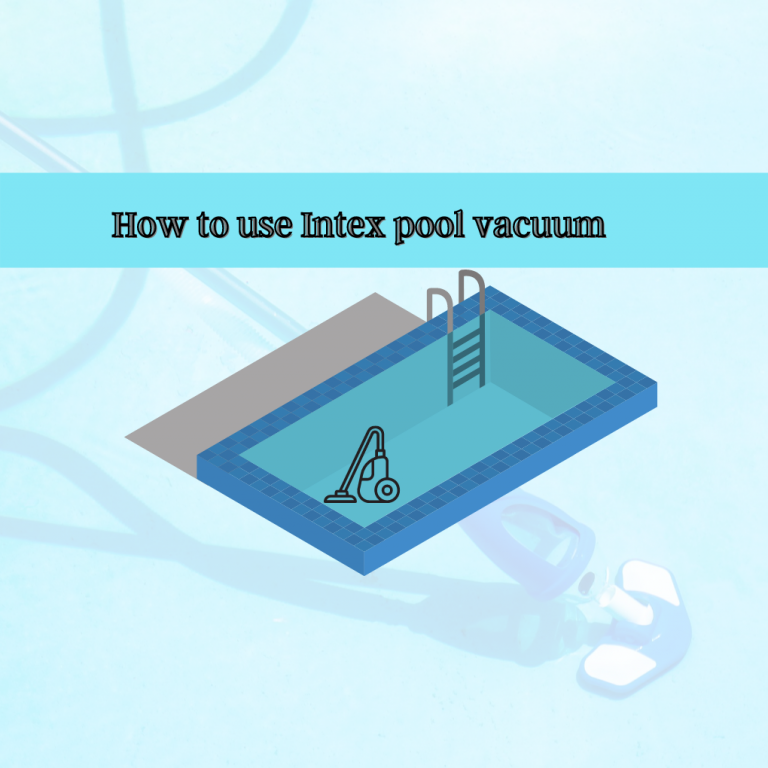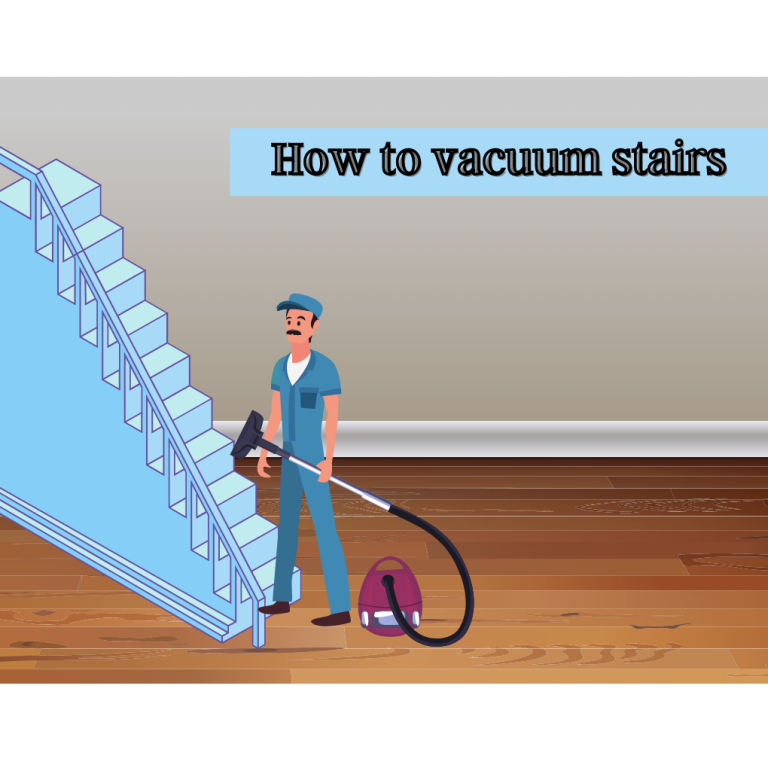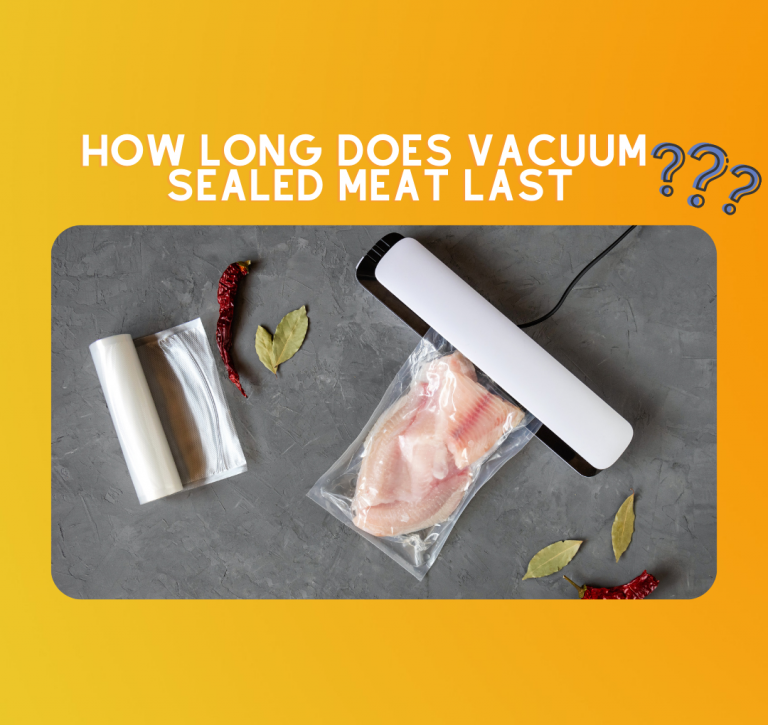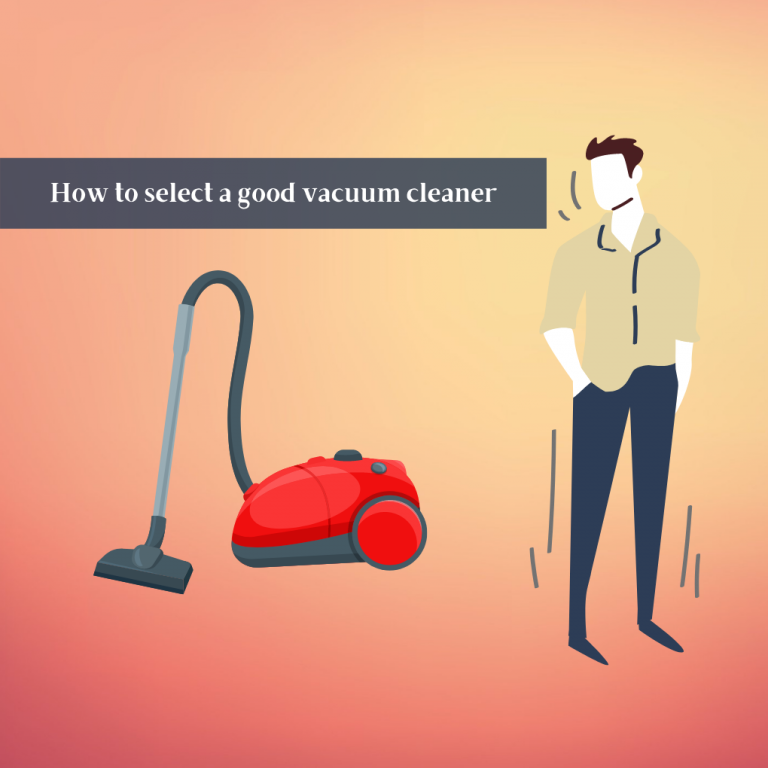How to remove algae from pool without a vacuum
When was the cleaned pool? If you’ve got a smaller swimming pool, then skip using the pool vacuum because some are costly, and the majority of them have a lot of issues to use. So knowing how to remove algae from pool without a vacuum is a great option for you.
Cleaning the pool of algae is the primary objective of a pool’s owner. The algae can ruin the appearance of the pool and render it unsanitary. Cleansing with a vacuum is the best solution to this issue.
The algae that you are fighting do not appear in your pool in a flash. It grows continually, and in order to recognize them, you’ll require microscopically-focused vision. In addition, when it is growing in abundance, and you aren’t able to take care of it and then it appears eventually.
We’ll discuss some more simple and well-known methods to get rid of algae off your pool. In addition, this will aid in keeping your pool spotless and clean constantly.
The Different Types of Pools and How Algae Affects Them
There are a variety of different types of pools that are accessible. It’s impossible to explore every one of them. We will briefly examine the ways that the four most well-known kinds of pools can be affected.
Fibre Glass:
This type of swimming pool can be a well-liked option due to its long-lasting nature. It also has the lowest risk from algal activity.
Above Ground:
Cleansing algae off the above-ground pool as quickly as is possible is crucial. Because the structure is comprised of steel and aluminum, both are prone to rust. Phytoplankton creates Oxygen within the waters. It is also believed that Oxygen is the main reason for speeding up the process of deterioration for the metals. If you’re not rid of algae in your aboveground pool, they can reduce the life expectancy for the swimming pool.
Concrete:
Concrete is a popular choice for people due to the durability it gives. However, concrete types like this are the most affected when phytoplankton grows within the concrete. They force air into concrete and hinder cement’s process of hydration. These actions weaken concrete’s strength.
Vinyl Liner:
It is constructed using a vinyl sheet that is placed between the pool in the water and pool. It’s a way to make sure that water does not get to the bottom of the wall. They are prone to the growth of algae since algae could grow under the sheet and remain unnoticed.
What do you need to do before you clean your pool algae?
You can start cleaning immediately after recognizing the presence of algae in your pool. Take these steps prior to cleaning your pool.
Wash the filter
The presence of a filter for your pool is an advantage because it serves the ideal role of a pool cleaner to eliminate algae from the pool’s water. But, vacuuming with sand filters is more essential for the cleaning of pools.
Turn off the filter, and then use the brushes to get rid of dust and debris. If you notice a lot of dirt or debris, make use of a garden hose to cleanse the filter thoroughly.
Make sure your pump is working properly.
As previously mentioned that stagnant water can cause algae. To ensure that water circulates properly, it is impossible to find a more important function than your pool pump. If the pump becomes blocked, the performance of your pump will decrease, which can lead to algae growth. Clean your pump frequently to remove algae from the pool.
Brush the pool’s wall
Get rid of the algae that are clinging to the wall using an oblong brush and Telescopic pole. Use your ladder, walk down and then brush the wall. It aids in killing algae using chlorine or shocks.
Check the pool’s water.
Find out the Ph and alkalinity levels in the pool’s water. A well-balanced Ph and alkalinity levels are better suited to chemicals that kill algae. Make sure you monitor and modify your levels.
How can you remove algae from a pool without using a vacuum cleaner?
The following are the two ways to cleanse the pool without using vacuum cleaners. We suggest them since they are more convenient than using vacuum cleaners.
Method 1: Make Use of Algaecide
Algicide is a product that is used to stop the growth of algal blooms in the pool without the presence of a vacuum. In addition, it doesn’t alter the pH, it improves the brightness of the water and destroys bacteria, and a different variety with a bactericidal action is created.
Algicide can be used to calm and active water (where there are stairs, slides geyser, hydro-massage, and hydro-massage installations, as well as bathers). The chemical must always remain in the water. It is a copper-based chemical because it is the only method to avoid the appearance of black algae that is resistant to treatment or to eliminate strong algae.
Its shape can be non-foaming and foaming, which is ideal for swimming pools that feature hydro massage. It is essential to treat seams, corners, gutter skimmers, the bottom of the pool lamps, connectors, and seams by using an algicide.
Step 1:
You can pick a specific kind of algaecide that is suitable for green, blue, yellow, or algae. If you’re looking to finish the job for all types of algae, you could select the multi-purpose algaecide.
Step 2:
After waiting several minutes to turn off the pumps, you will need to spray algaecide into the pool. To every 10,000 gal water, you must put 16 ounces of algaecide into the pool.
Step 3:
Now is the time to begin the waiting game determinedly. You must start the filtering process and then wait 12 hours to 24 hours so that the algae is gone and eliminated from the pool’s water.
Method 2: Using Shock Treatment
The term “cleaning” refers to injecting a massive amount of a chlorine-based disinfectant in the water, for instance, hypochlorite. This is in excess of the typical dose of your pool by about 5-7 times. Allow the solution to work overnight or for the duration of a day. If there’s a substantial number of contaminants, then it may be necessary to cleanse it up again.
You must then completely clean the bowl and that bottom part of the pool of dead algae since they’ll be able to settle down at the bottom or even float. Clean the filters as frequently as you can since dead algae can also be found. In the end is a substance to stop algae growth in the pool, without the need for a vacuum, as well as an anticoagulant, is required.
Step 1:
When you first start, put on gloves and goggles that are protective to ensure your safety. Hand protection is essential as calcium hypochlorite reacts very strongly and could cause burning to the soft tissues of your body.
Step 2:
Select a clean bucket that can hold a minimum of five gallons of water. Fill it with water from the tap. Ascertain the safety of the water.
Step 3:
Add 1 pound of calcium hypochlorite product to the bucket. Depending on the size of your pool, it is possible to use 15 to 20 gals of water and three up to four pounds of shock. Once you’ve poured the product of shock into the bucket and stirred it with a stick, you can use a wooden spoon to mix the mixture.
String it until the mixture has been dispersed.
Step 4:
Pour the mix into the affected area of algae in the pool. In the majority of cases, just one dose of the shock application will destroy the majority of algae. If the level of algae attack is too severe, it may be necessary to apply calcium hypochlorite two times.
Step 5:
We suggest applying the product in the evening to allow it all night to function in the pool water. After you have used it in the water of your pool and you should run your filter for a minimum of 6-8 hours. The calcium hypochlorite releases chlorine into the water and kills the algae.
When the algae have died, it is time to collect the dead algae and then give the water the proper cleaning with a vacuum.
How Can I Remove Green Algae from a Pool Without Using a Vacuum?
The presence of green algae on pools (or green) water can be a frequent issue for all pool owners. The colors of water could be dark-green, yellow-green, or blue-green. Follow these easy steps to wash the algae that is green out of your pool thoroughly.
Adjust the chemistry of the water if necessary
If your pH is higher than 7.6 Then, it is necessary to lower it to less than 7.6. Your goal is 7.2-7.6. It is possible to use a pH-reducing agent such as sodium bisulfate. Make use of a test kit to determine your pH as well as alkalinity. The alkalinity should not be higher than 120 parts per million (ppm).
Using Algaecide
This is sure to destroy the green algae in your pool. However, you should make use of a strong algaecide such as Algaecide 60 for definite results, and this can be a costly procedure. Make sure you remove the pool from the water and clean the filtration system to remove dead algae.
Brush the pool’s bottom and walls clean
To eliminate the algae, It is essential to wash the bottom of your pool thoroughly and also to make sure to blush the walls of your pool thoroughly. The steps between ladders and places of crevices and nooks should be cleaned with this technique. It is possible to use the use of a nylon bristle for the best results.
Select a high-quality chlorine shock product
Regularly putting chlorine in your pool is not enough. Therefore, you must perform an additional shock for your pool. In this situation, sodium hypochlorite or calcium hypochlorite, or lithium hypochlorite, are the best options.
Be aware that in the event that your pool has an extreme hardness, then you should steer clear of calcium hypochlorite and instead use the lithium hypochlorite alternative instead.
Regularly follow the steps outlined here
After you have completed the steps above After that, you need to do periodic maintenance, either weekly or bi-weekly.
- Examine the chemical water parameters
- Make sure to clean the pool’s walls and floors.
- Clean your home using an algae remover or vacuum cleaner to get rid of dead algae
- Make sure the filter is running at the correct rate and pressure.
- Maintain a reliable water circulation system, with several circulation jets as well as an accurate flow rate of the circulation pump.
How to Remove Dead Algae out of Pool Bottom without Vacuum?
Step 1:
When you have the necessary equipment to clean the aboveground pool, the first step is to build a homemade Pool vacuum cleaner fortunately that the process of creating a DIY vacuuming system for the pool doesn’t require any specialized skills.
Then, connect the telescopic pole and the other edge of the garden water. It is possible to utilize a rope to secure the garden hose’s end to the bar. Telescopic poles enable the hose to be moved through the pool water swiftly. Connect the opposite side of the telescopic pole using the vacuuming head.
Step 2:
When you’re done using the adapter, you should seriously consider fixing the drainage hole. After you have secured the drainage spot, it is time to set the opposite end of the adapter in the same spot.
Step 3:
You will now need to make a vacuum in the garden hose to begin your siphoning if you’re making use of a full house, place the telescopic part in water completely.
After that, turn off the filters that are in your pool. Also, disconnect the clamp that is used to mount the source of water. When you pull on the faucet, it’ll release an air bubble and form a vacuum within.
Then you can drop the garden hose to the below-ground water of the pool. If it’s sunk properly, the water will flow over the hose before draining to the location you want it to. But, it is possible that there are two to three inches of water left inside the water pool.
It is possible to use a wet dirt vacuum or trench the drain of the last inches of the water out of your pool. Make use of a sponge to take algae out of the bottom of the pool with your hands.
Using the Hand Process to Remove Algae from a Filtered Pool
If you have a pool that has filters, it’s simple to eliminate debris and algae from the pool.
This can be accomplished by properly cleaning the filters to ensure they are able to get rid of water from the pool.
Be sure that the edges of the pool are thoroughly cleaned to get rid of any algae that have settled on the sides.
Once you have cleaned the algae that have grown on the sides of the pool by using the brush, the filter is able to be turned on.
Another effective method to remove these algae is by making use of the garden hose with an attachment. This device can be used to get rid of large amounts of algae and other dirt from beneath the pool, to be rinsed out through the filter.
How do algae harm the pool?
Algae can clog the material inside the sand filters, which reduces the effectiveness of the system for filtration and leads to more backwashes or partial replacement of filter material.
Additionally, chlorine, which can be a source of pollution and other pollutants, is also oxidized by algae. In turn, the amount of chlorine in the water of the swimming pool is reduced dramatically, which in turn causes turbidity in the water as well as the appearance of a foul smell.
Algae isn’t harmful to bathers; however, it could be an ideal breeding ground for pathogenic microorganisms, like E-coli bacteria, and in huge amounts. Algae eat chlorine in large quantities.
Algae may be like weeds that you see that you have in the garden. Inexpensive, unsightly, and out of nowhere, they create more issues for gardeners and damage what we would like to plant. Based on the information mentioned above, it becomes apparent that the best course of action will not be fighting algae but rather deterring their appearance.
Summary
You now know how to eliminate algae out of your pool with no vacuum. There are many methods to eliminate algae, even if you don’t own the luxury of a vacuum. Of course, having a vacuum will make cleaning easier and more efficient. But you will be able to get excellent results by investing some time and effort to clean the pool.
You now know how to eliminate algae out of your pool with no vacuum. There are many methods to eliminate algae, even if you don’t own the luxury of a vacuum. Of course, having a vacuum will make cleaning easier and more efficient. But you will be able to get excellent results by investing some time and effort to clean the pool.
